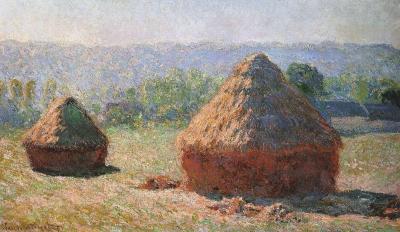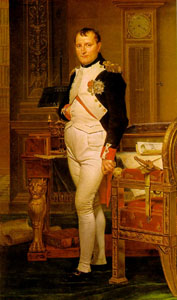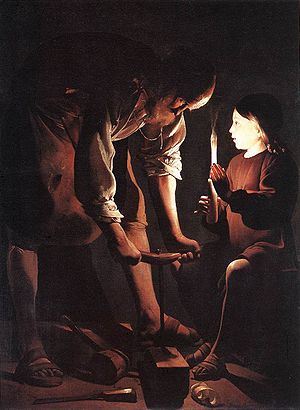My next stop around the world was Cuba. Ive always heard negative things about Cuba and it’s government so I wanted to see what type of beauty could come from a place with such negativity.
If it’s one thing I like in artwork, it’s for it to have meaning. The Jungle has meaning running all through it. Lam was born in Sagua La Grande, Cuba in the year of 1902. His father was Chinese and his mother was half cuban and half african. When he made this painting he was in Havana and he didnt like the way Afro-Cuban’s were being portrayed and treated. In an interview Lam made a comment,
“I wanted with all my heart to paint the drama of my country, but by thoroughly expressing the negro spirit, the beauty of the plastic art of the blacks. In this way I could act as a Trojan horse that would spew forth hallucinating figures with the power to surprise, to disturb the dreams of the exploiters.”
Lam got just want he wanted he surprised and disturbed many. By merging plant and human life he created a unique hybrid that is world-renowned. The Jungle hangs now at the Museum of Modern art in NY. He studied beside the Master himself Picasso. Picasso’s Guernica resides close to The Jungle at the Museum of Modern art and has been compared to it. What artist wouldnt want to be compared to one of the worlds greatest artist? Lam has truly made a name for himself in this crazy world of art. He died in 1982.
















